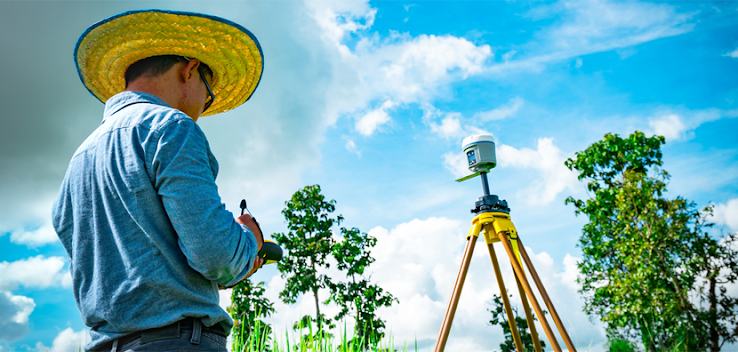UPHOLE SEISMIC SURVEY
The high bluff, solid slope, and high point push,
issues also, and folds deceive the acoustic wave to arrive at the sensors on the
surface after reflection from the subsurface which causes poor
seismic data to stick to the hydrocarbon area.
The significant belief is to control the acoustic wave and produce the energy
source as a legitimate shooting medium.
Yet, picking a shooting medium in the profoundly
undulatory, structurally complicated bumpy territory is undeniably challenging because
different stone developments of hardness and conservativeness are lying along
the shooting profiles. By and large, the main energy appearance after an
investigation under the ground is the consequence of
a seismic wave voyaging straightforwardly from
the source to the sensors or it could be the energy that has refracted along a
shallow layer limit in the earth which might be a refraction appearance. The
investigations of first break energy on kept seismic reflection information in
this space show that direct wave shows up just in barely any close-by channels;
most extreme
channels get the main break signal from
refracted waves. Utilization of upholeseismic survey in Delhi to track down a shooting medium Himalayan
FootHill region, the enduring of surface rocks setting down as delicate dregs
overlaying the hard sedimentary rocks, is exceptionally dainty and covered
irregularly in little plain and valley region. For the most part, refraction
surveys are utilized to decide the profundity, plunge, and speeds of a Low-Velocity
Layer.
Gaining seismic reflection information in
Himalayan Foot Hill is one of the difficult positions for surface geophysicists
because of its complicated structural setting facilitated by the SRT survey in India. Harsh
geological conditions with steep slopes, thick prickly bushes, pine trees, and
other calculated impediments are a significant inconvenience for better
information characteristics. The minimization and hardness of uncovered rocks
rely on the kind of the stones' development. Consequently, picking a mode for
impacting the energy is a truly challenging source underneath the Low-Velocity
Layer (LVL). Regular Uphole survey and trial and error for charge and
profundity are fundamental
to tracking down a shooting medium. Ghosting
and obstruction impacts are likewise unmistakable around here.LVL rock
assemblages of various thicknesses, the refraction technique
misfortunes the precision of this flimsy
layer's data. The minimization and hardness
of these uncovered rocks differs as per their
age and uncovered surface. Because of this sort of variety in the normal for
rocks, getting good is a truly challenging shooting mode for legitimate
acoustic energy dispersion. For a similar explanation, the primary break season
of the uphole survey likewise acts sporadically. The timing will be more when
information is taken in the loose shale or residue layer when contrasted with
the hard sandstone layer.

Comments
Post a Comment